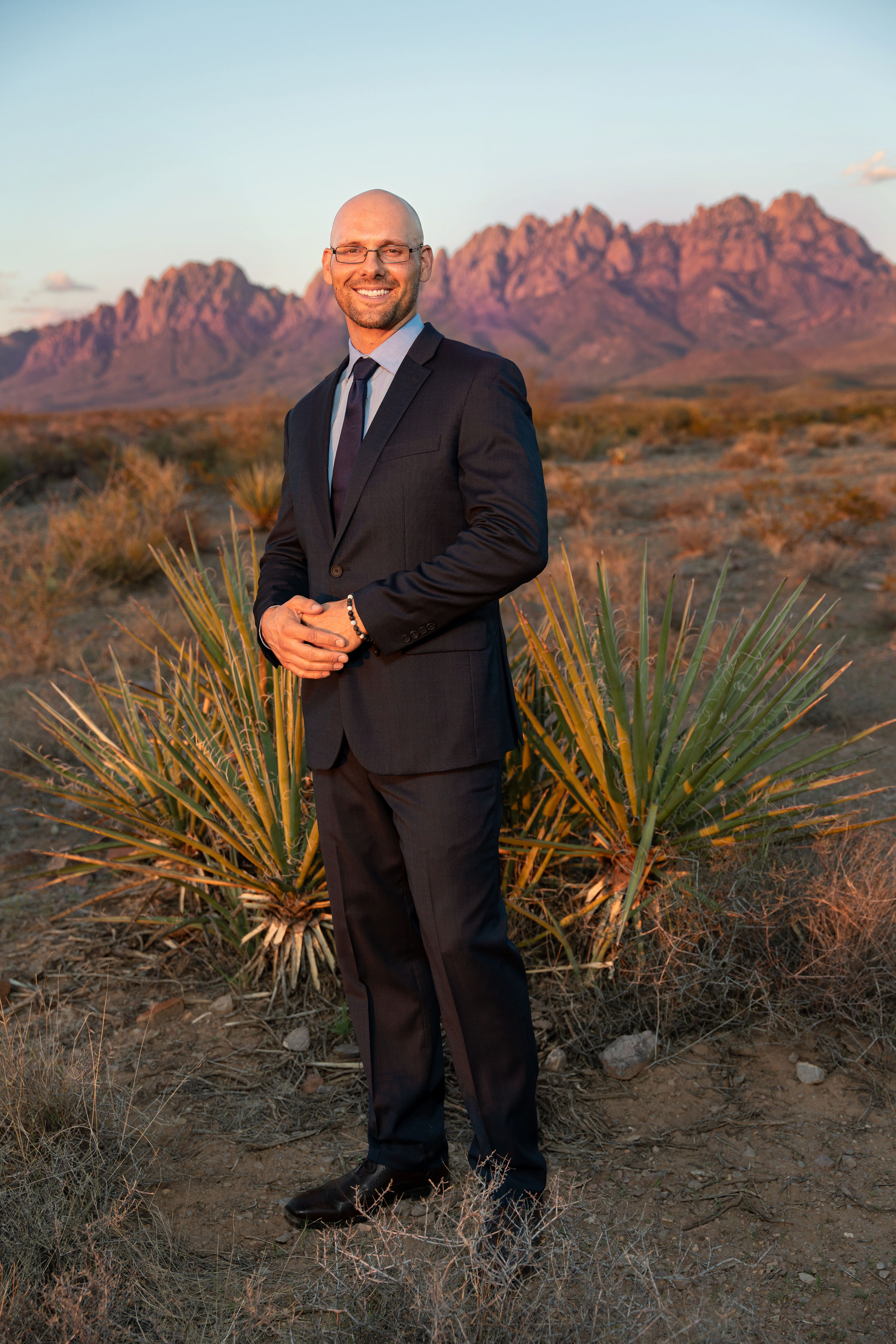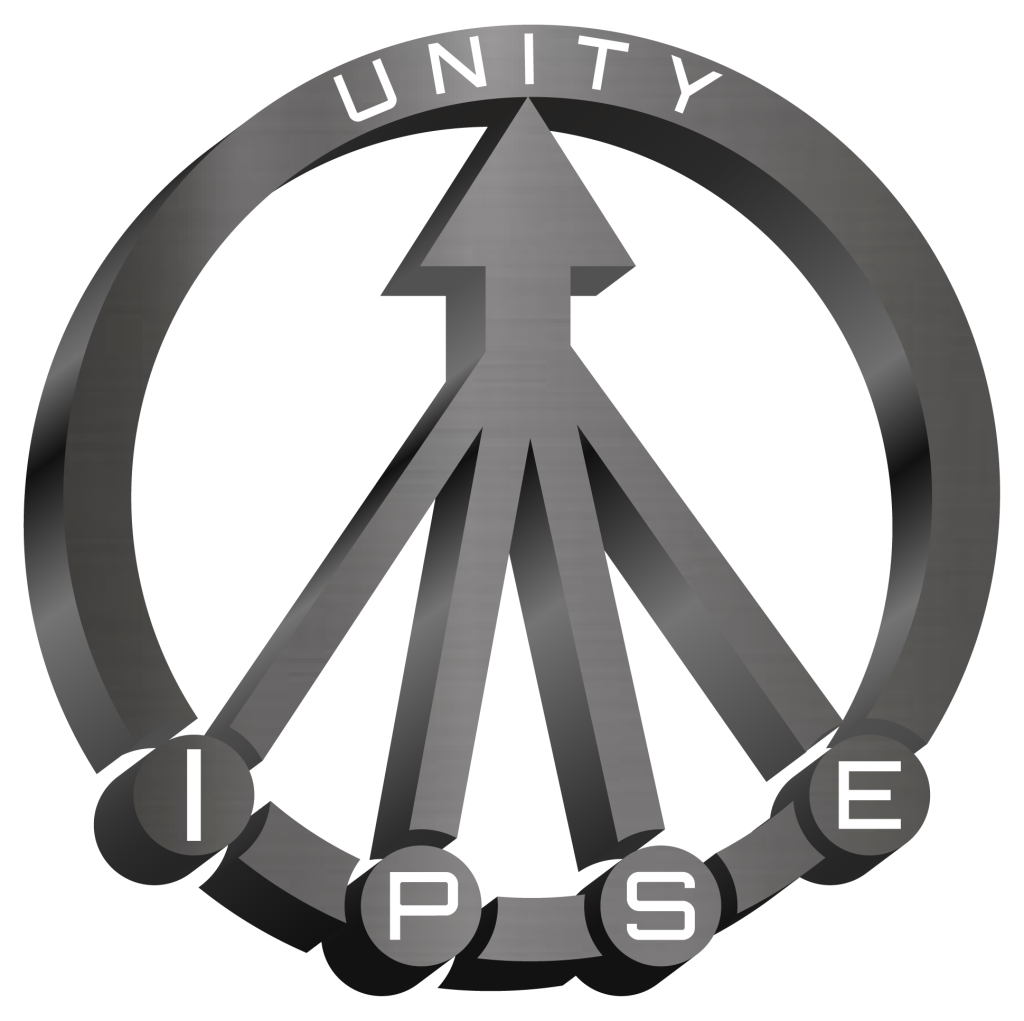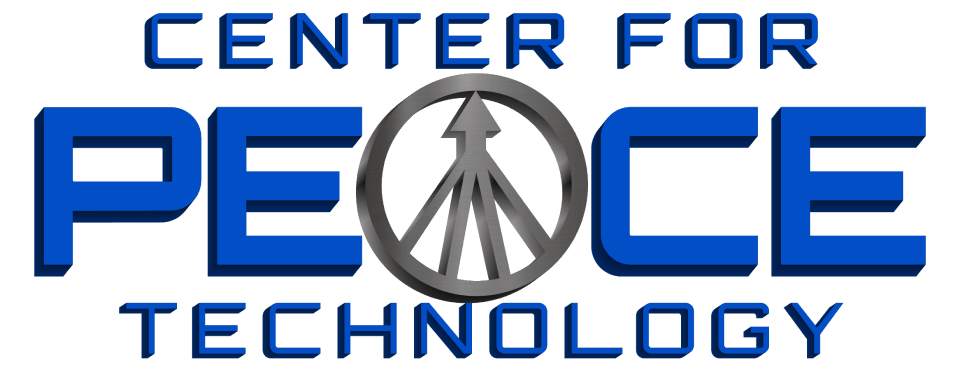
About the Center for Peace Technology
Location: Our Headquarters is located in Las Cruces, New Mexico
Established: April 25, 2023
Collaboration: The CPT envisions leveraging NASA-inspired, mission-oriented strategic technology development, and establishing a coalition of partners from the US Institute of Peace, Institutions of Higher Learning, DoD, law enforcement, public schools, communities of practice, and private industry to facilitate an accelerated approach to developing a sustainable peace technology product portfolio.

Dr. Jeremy Bruggemann – CEO and Founder
Qualifications: PhD in Physics and Aerospace Engineering, Bachelors in Mechanical Engineering and Applied Mathematics, NASA qualified Pressure Systems Engineer, NASA qualified Project Manager
Experience:
- 15 years as NASA Rocket Propulsion Systems aerospace engineer, physicist, project manager, propulsion systems test facility operations director, and Contracting Officer Representative
- 4 years as space-based robotics engineer and technical lead.
- Served on many strategic technology development advisory boards spanning NASA, DoD, DoE, and the private sector, including a national board with plans presented to congress to inform national budget decisions.
Executive Statement
Leaving my position of success with NASA was one of the hardest choices in my life. I chose the CPT path because I wholeheartedly believe in the importance of the CPT Mission.
Throughout my endeavors, it has been my passion to contemplate and study the complexities of peace… it’s true meaning and how to achieve it. In doing so, and in applying a NASA inspired, “Mission-oriented” mind-set, I have become aware of the following major revelations:
1. We, humans, have an incredible ability to overcome tremendous hurdles and achieve seemingly improbable feats if we are united under a shared purpose and mission, and have the technology to back it.
2. The degree of complexity of the concept of “peace” can become more manageable, as with any highly complex mission, if it is compartmentalized. Establishing four individual high level mission elements of Internal Peace, Proximal Peace, Societal Peace, and Environmental Peace serves this purpose, and begins to guide strategic technology development efforts.
3. Most importantly, peace within any single element cannot be achieved without peace being achieved in all others… progress in all elements must be made in unison.
In each of the four elements of peace there are numerous technology gaps that impede our progress. These technology gaps are discussed in the CPT Missions Space descriptions on this website. It is with the greatest determination and solidarity that we, at the CPT, set out to advance and aid in deploying these technological solutions.

Humans excel when we break down complex challenges into manageable parts, helping us overcome big obstacles. A prime example is landing the first humans on the moon using 1960s technology. It shows our ability to succeed when we unite for a meaningful vision with the right tools. Today, with climate change accelerating, wars devastating families, widespread violence, and a growing crisis of addiction and social decay, the most important mission is achieving peace. Though peace seems difficult and idealistic, and often feels out of reach due to our negative experiences, humanity still has the potential to make significant progress towards it.


To do so we must once again unite under this crucial mission by compartmentalizing.
Divided into the following 4 elements we can begin our first effective steps towards success.
1) Internal Peace – Peace within ourselves, as to allow individuals the opportunity to achieve self-actualization and transcendence, as defined in Maslow’s Hierarchy of Needs
2) Proximal Peace – Peace among family, friends, and those whose frequent interactions influence our
daily lives.
3) Societal Peace – Peace within, and across all societies, regardless of their inherent characteristics.
4) Environmental Peace – Peace with our earth and all natural entities within, and beyond it.
It is crucial that we understand and accept that peace within any single element cannot be achieved without peace being achieved in all others… they are all interconnected. For how can one rest peacefully in a home burning down around them? We must progress in all elements in unison if we are to reap the fruits of peace that unity bears. Such is the foundation of the TETRA-UNITY Philosophy and way of life.

